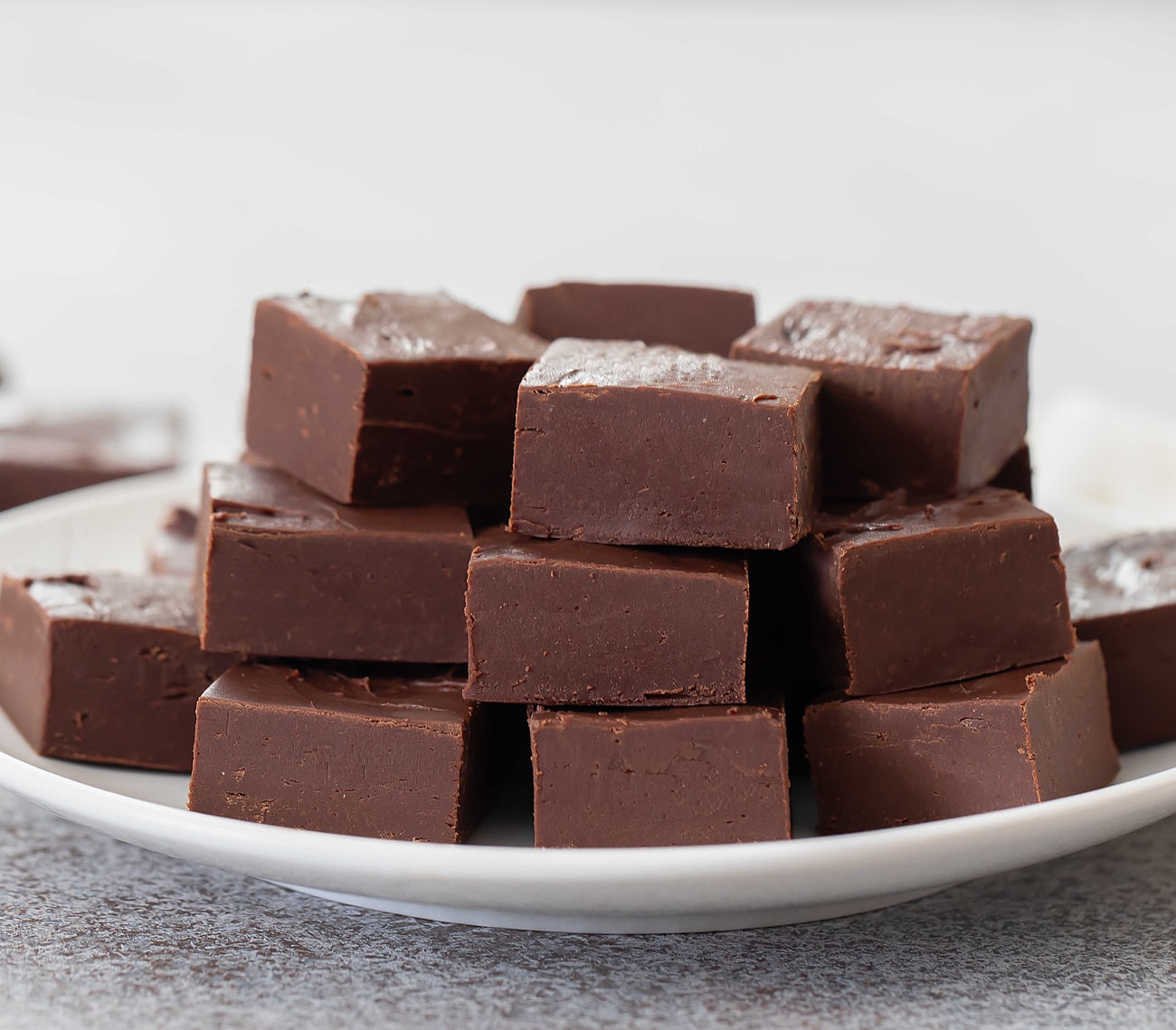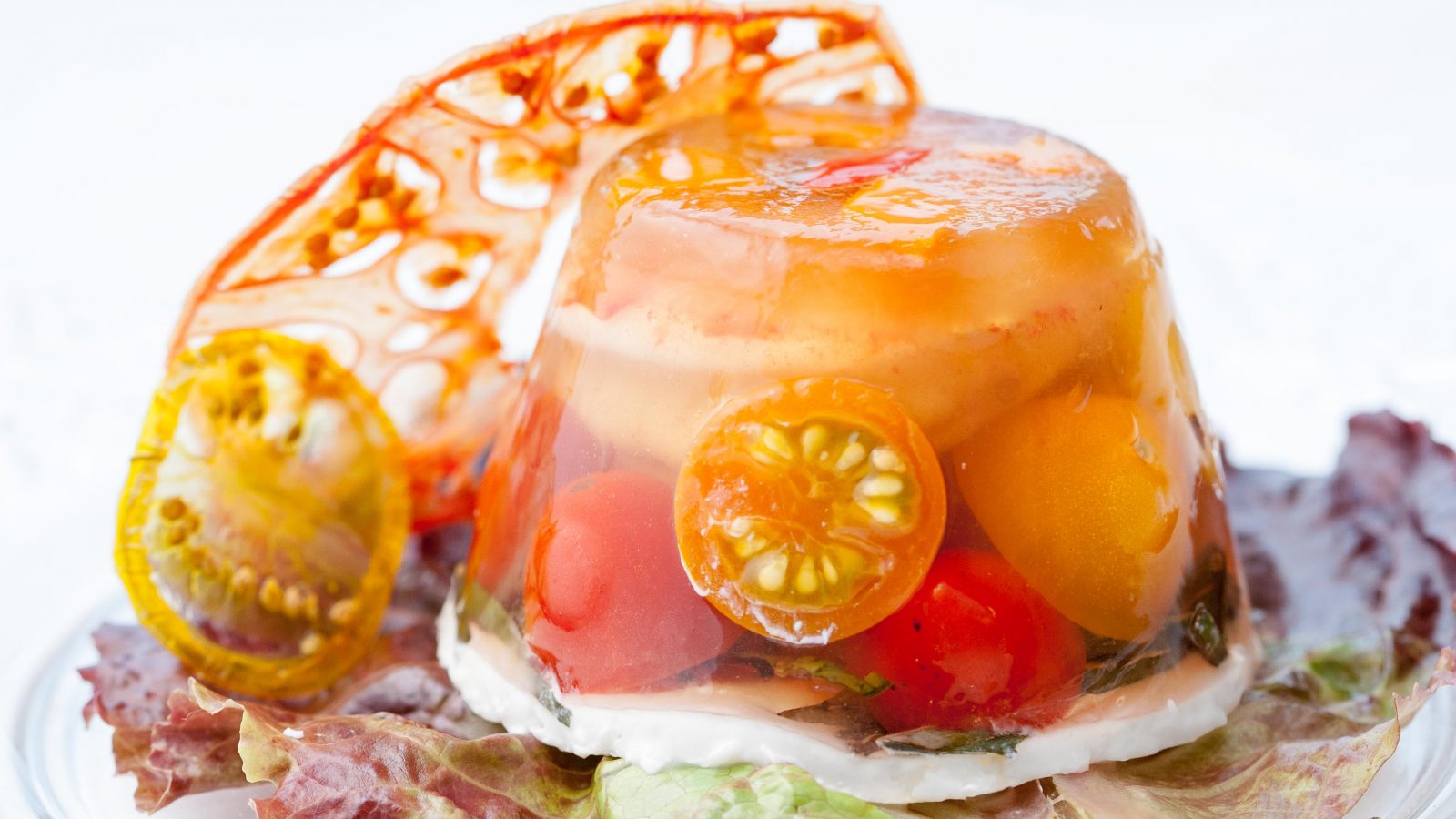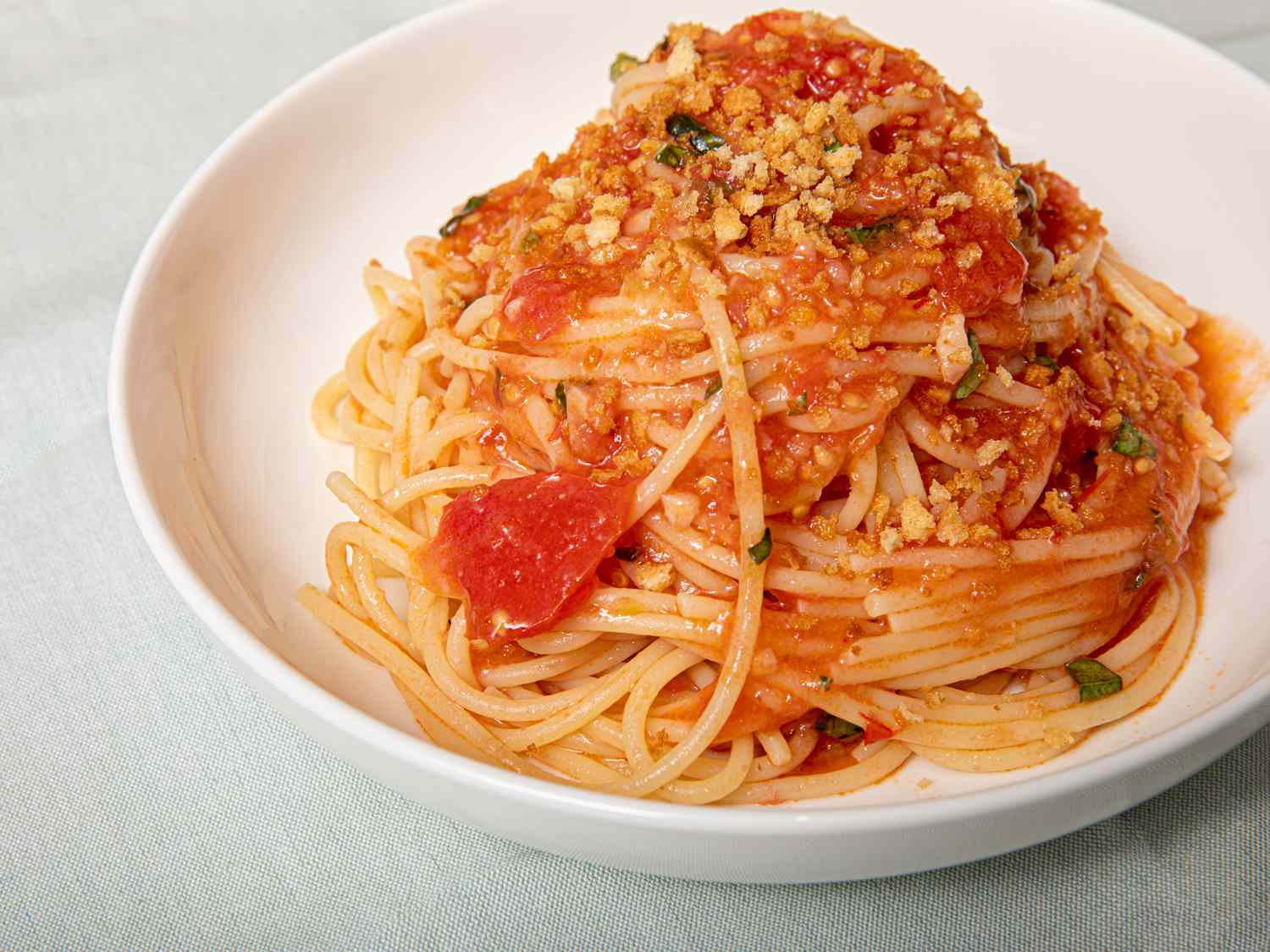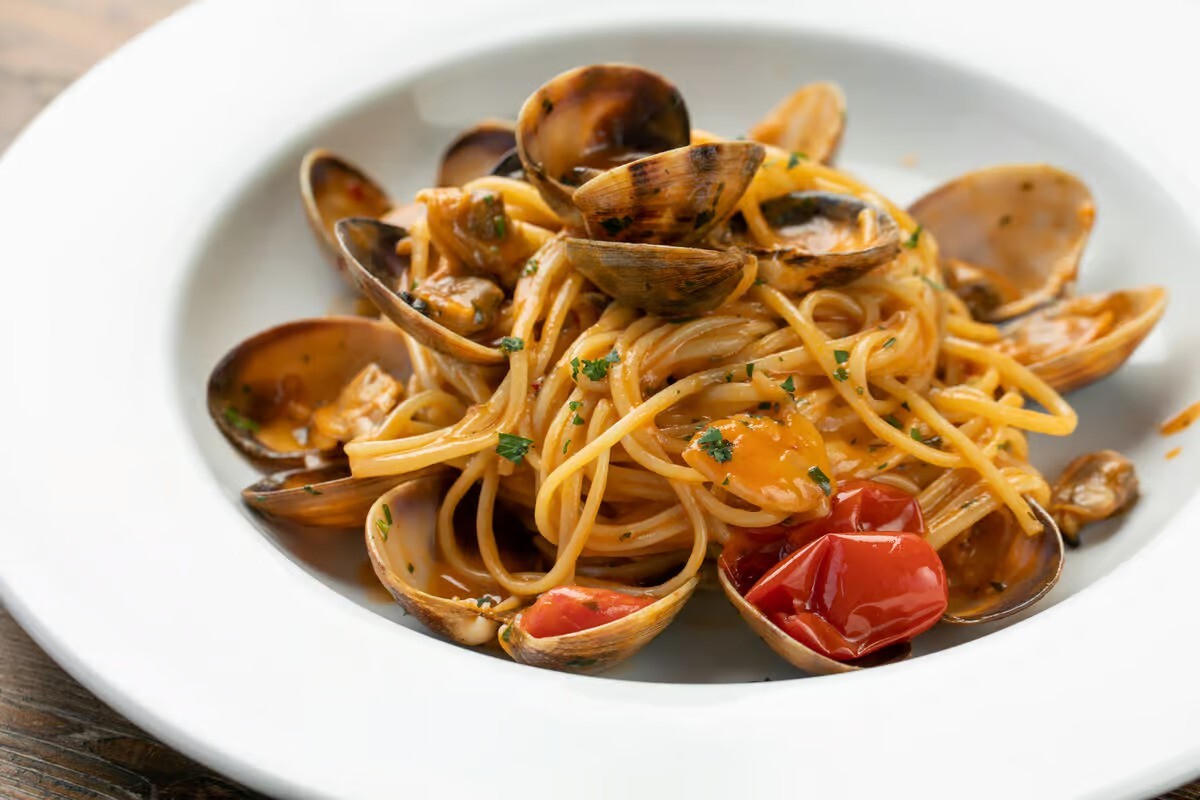Understanding Non-Iodized Salt
When it comes to seasoning your food, salt is a staple ingredient in most kitchens. However, not all salt is created equal. One type of salt that you may have come across is non-iodized salt. But what exactly is non-iodized salt, and how does it differ from iodized salt?
What Is Non-Iodized Salt?
Non-iodized salt is simply salt that does not contain iodine. Iodine is a mineral that is added to table salt to help prevent iodine deficiency. While iodized salt is the more common type of salt found in households, non-iodized salt is also available and has its own set of uses and benefits.
Uses of Non-Iodized Salt
Non-iodized salt is often used in specific cooking and baking applications where the distinct flavor of the salt is desired without the added iodine. It is also commonly used in pickling and canning, as the iodine in iodized salt can cause discoloration in preserved foods. Additionally, non-iodized salt is favored by some individuals who prefer the taste of salt without the iodine aftertaste.
Differences Between Non-Iodized and Iodized Salt
One of the main differences between non-iodized and iodized salt is the presence of iodine. Iodized salt contains iodine, a crucial mineral for thyroid function and overall health. On the other hand, non-iodized salt does not contain this added mineral. While iodine deficiency is rare in many parts of the world due to the widespread use of iodized salt, there are still instances where non-iodized salt may be preferred or recommended.
Benefits of Non-Iodized Salt
Non-iodized salt is a popular choice for individuals who are following a specific diet or have dietary restrictions that require them to monitor their iodine intake. It also provides a pure, unadulterated salt flavor without the iodine taste, making it a preferred option for some culinary applications.
Conclusion
Non-iodized salt is a unique variation of salt that offers a distinct flavor profile and serves specific culinary and dietary purposes. While iodized salt remains the go-to choice for addressing iodine deficiency, non-iodized salt has its own place in the kitchen and food preservation processes. Whether you choose iodized or non-iodized salt, both options can enhance the flavor of your favorite dishes and contribute to your overall enjoyment of food.
Was this page helpful?
Read Next: What Is Heavy Cream Vs Heavy Whipping Cream











